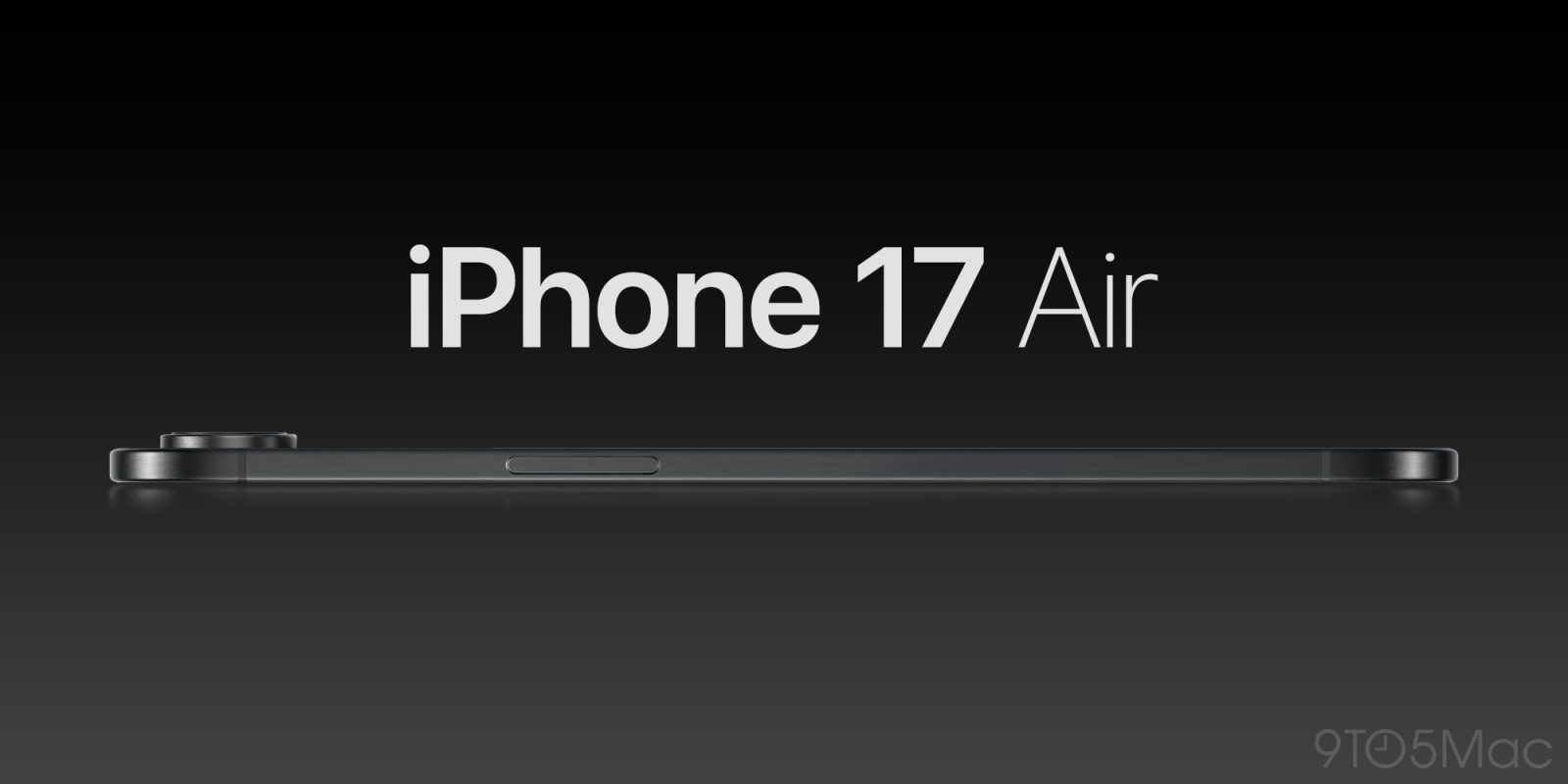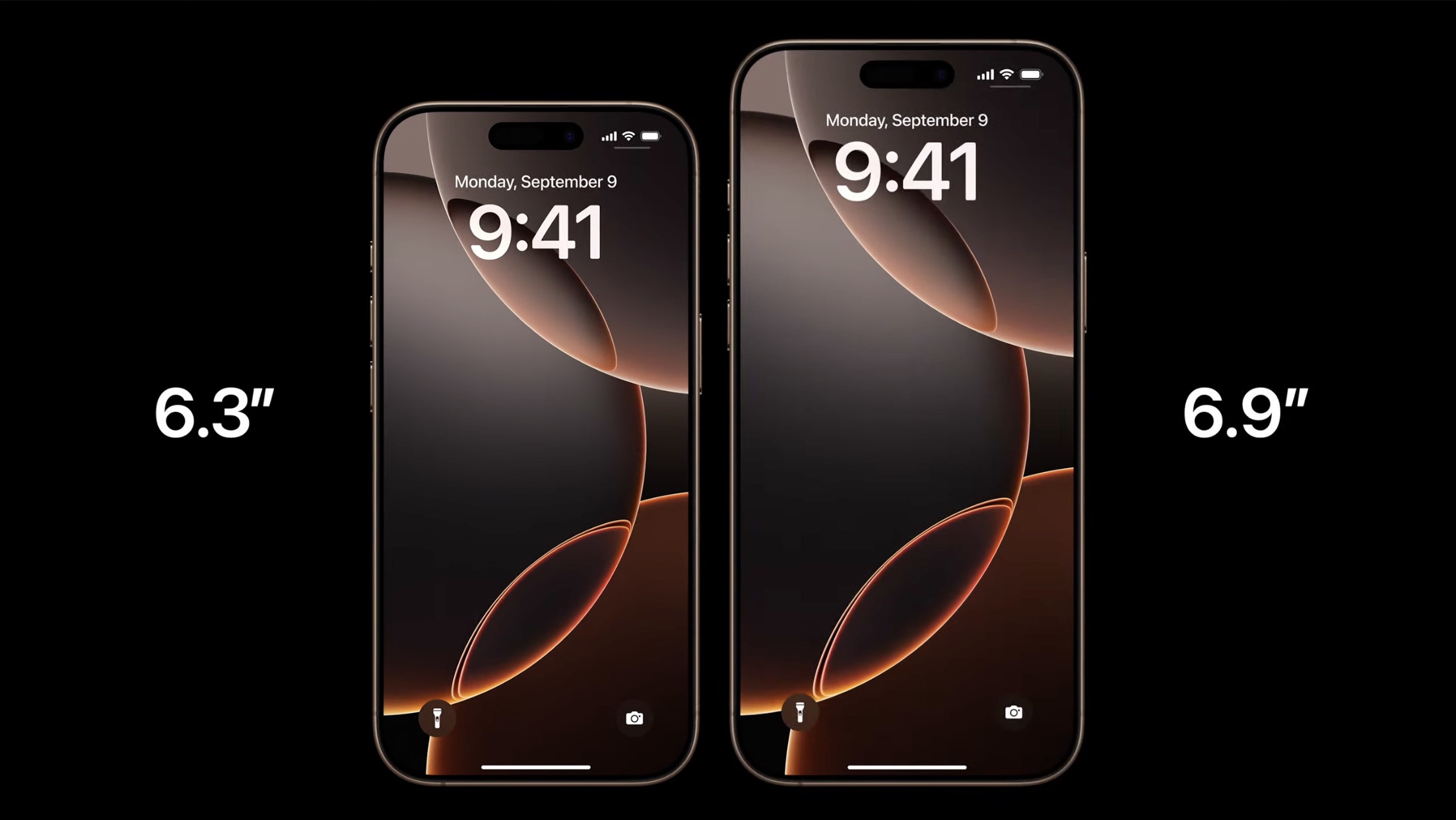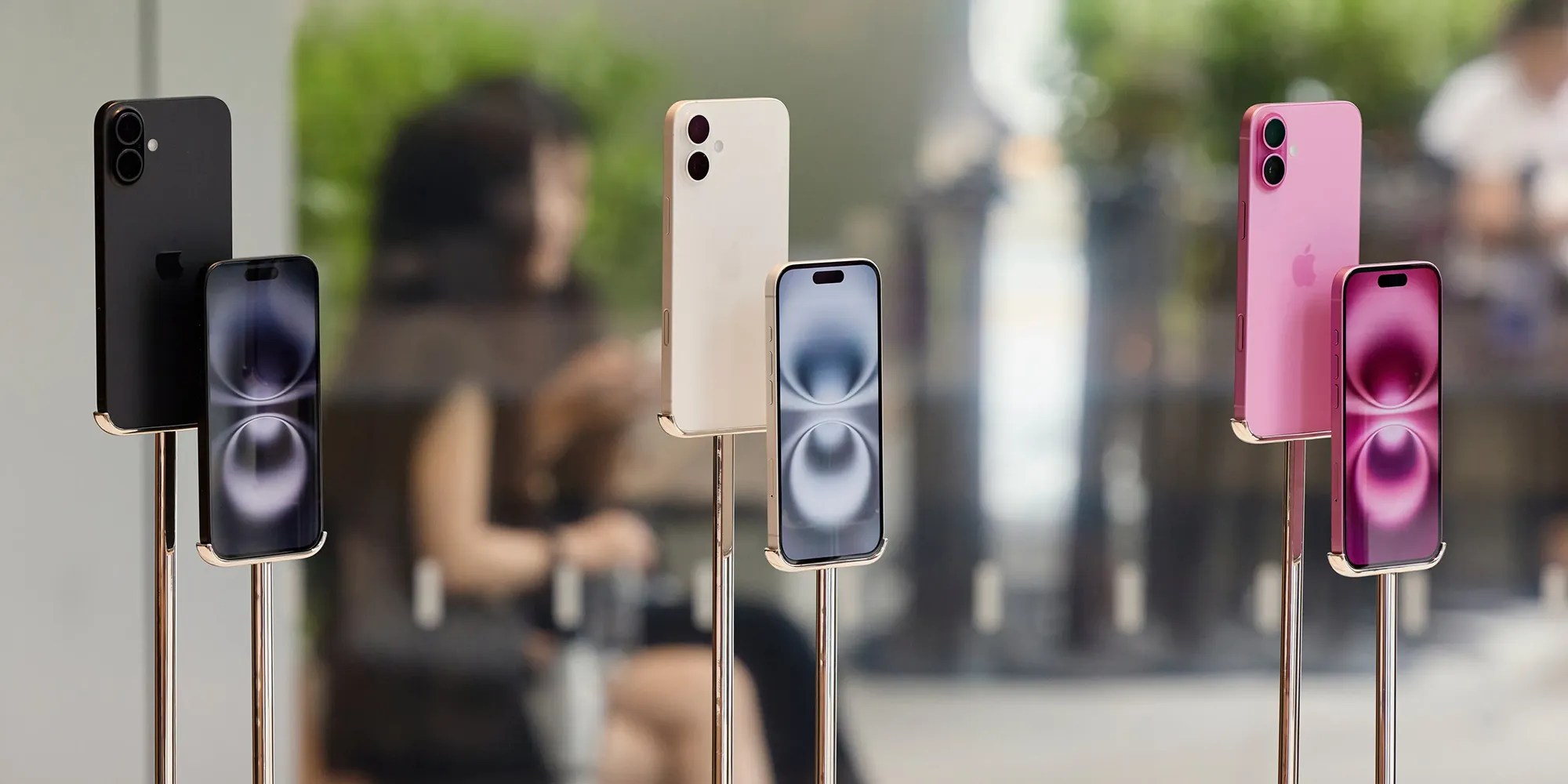
Next year’s iPhone purchase decision will be especially tough for a lot of users. The iPhone 17 Pro and Pro Max both have a lot going for them, but so too will the new iPhone 17 Air. Here are four advantages the iPhone 17 Air will have over the iPhone 17 Pro.
Radically ultra-thin new design
This is the big advantage that will define many shoppers’ debate between iPhone 17 models.
The iPhone 17 Air is expected to slim down significantly and be Apple’s thinnest iPhone ever.
Precise measurements aren’t yet known, but reports point to a 25% thinner body than Apple’s current Pro models.
Apple’s previous thinnest iPhone was the iPhone 6 at 6.9mm. The 17 Air will be even thinner, likely between 6mm and 6.5mm.
Here’s Apple’s current lineup for comparison:
- iPhone 16: 7.8mm
- iPhone 16 Plus: 7.8mm
- iPhone 16 Pro: 8.25mm
- iPhone 16 Pro Max: 8.25mm
This thinness will come with compromises, such as battery life and camera reductions. But the new, ultra-thin design will feel like the future.
Screen size that could be the best of both Pros

The iPhone 16 Pro and Pro Max have 6.3-inch and 6.9-inch displays, respectively. Next year’s 17 Pro models are expected to stick with these same sizes.
But the iPhone 17 Air is poised to offer potentially a perfect middle ground.
The 17 Air will have a 6.6-inch display, fitting neatly between the two Pro options. The size may be just large enough to win over Pro Max users, but still small enough for Pro users—particularly when the thinner body is accounted for.
I’ve historically favored smaller iPhones, but if the 17 Air’s thinness means it can offer comfortable one-handed use and more screen real estate, it will be a huge win.
More budget-friendly price point

For the longest time, the most confusing detail about the iPhone 17 Air was its price. The earliest rumors pointed to a high-end ‘iPhone Ultra’ type device. But when we started learning about the device’s shortcomings, that premium price no longer made sense.
Now, the latest rumors indicate the iPhone 17 Air will slot into the same place in the lineup as the Plus model it’s replacing. There’s a decent chance it will be more expensive than the Plus, but still more affordable than the iPhone 17 Pro and Pro Max.
So if cost is an important factor to you, the 17 Air may be the way to go.
Apple’s in-house 5G modem

This one’s a little more debatable, I’ll admit. It all depends on your preference of modem.
The iPhone 17 Pro and Pro Max are expected to retain the existing 5G modem supplied by Qualcomm, while the iPhone 17 Air will feature Apple’s long awaited in-house modem.
This first 5G modem from Apple will in some ways be worse than Qualcomm’s, but it also carries the potential for unique benefits.
For example, Mark Gurman mentions that “it will be tightly integrated with Apple-designed main processors to use less power, scan for cellular service more efficiently and better support on-device features for connecting to satellite networks.”
If the iPhone 17 Air were the first device to get the Apple modem, it might be a bit risky.
But fortunately, the new iPhone SE 4—also sporting Apple’s modem—will be out roughly six months ahead of the 17 Air’s debut. Thus providing Apple plenty of time to test the new capabilities and issue any software fixes to correct early bugs.
iPhone 17 Air vs. iPhone 17 Pro: wrap-up
I keep going back and forth on which iPhone 17 model I think I’ll buy next year. And I suspect that will keep happening until Apple officially unveils the new models in September.
Having the best iPhone is important to me, but after years of minor iterative updates, the iPhone 17 Air’s fresh, future-forward design will prove very tempting.
Which iPhone 17 model do you expect to buy? Let us know in the comments.
Best iPhone accessories
- Anker 100W charging brick for fast charging
- 6.6ft USB-C cable for longer reach
- AirPods Pro 2 (currently only $189, down from $249)
- MagSafe Car Mount for iPhone
- HomeKit smart plug 4-pack
FTC: We use income earning auto affiliate links. More.

 7 hours ago
2
7 hours ago
2







 English (US) ·
English (US) ·